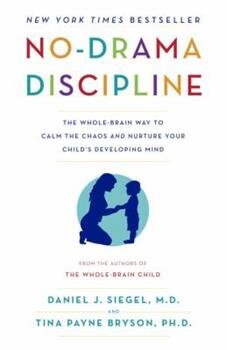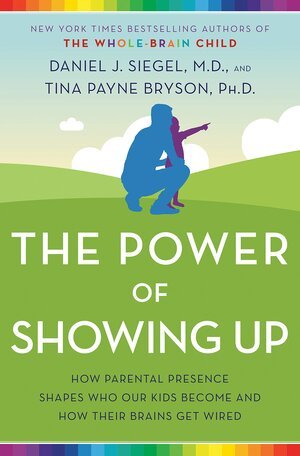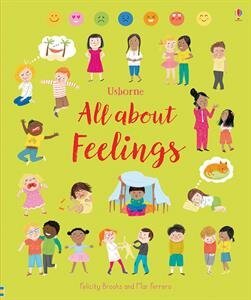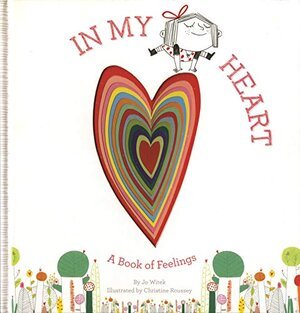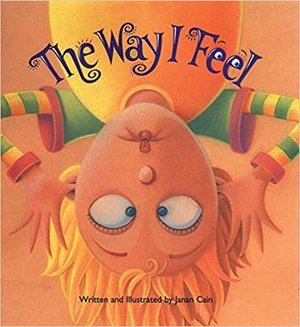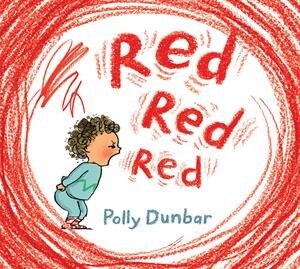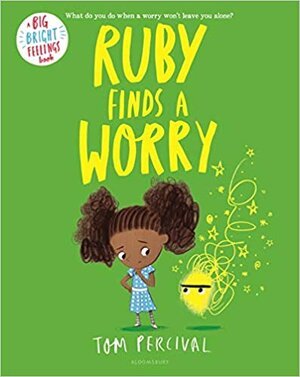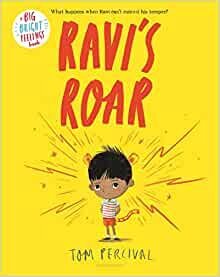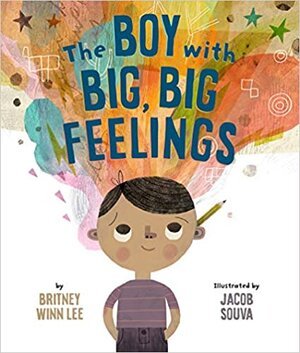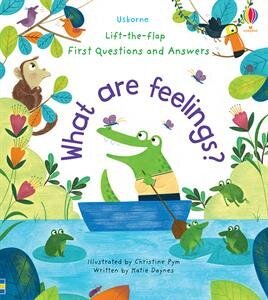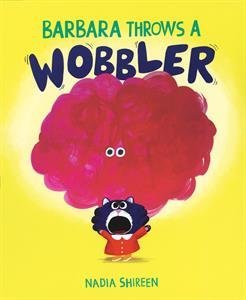Helping Kids Develop Self-Regulation
When children master self-regulation, they consciously monitor, adjust and organize their own thoughts and feelings. It’s an incredibly sophisticated skill that only develops through thousands of interactions co-regulating with a trusted adult.
Yet, so often adults expect children to automatically understand how to sit quietly, share with others, and keep their voices down. But to achieve this, we first need to help them cultivate the overarching skill of self-regulation.
Helping Kids Develop Self-Regulation
Kids cannot learn to self-soothe or self-regulate emotions independently.
Self-regulation is more accurately a cluster of skills, which all center around self-control – whether that’s control of behavior, cognition, or emotions. Healthy self-regulation underlies all social and cognitive skills, and as parents, we’re privileged with nurturing this capacity from the very day our children are born.
And as a former teacher, it’s a skill I wish we all valued and nurtured more than academics in the early years, because without self-regulation, children can’t learn and focus in school.
DYSREGULATION
Co-regulating with a trusted adult means modeling, sharing, calming, and organizing feelings together when a child is stuck in a challenging cycle of dysregulation. Every time you are present with a child through their emotion, you help your child to internalize what it feels like for their nervous system to feel, release, and return to calm. Over time, this builds their regulation muscle.
Dysregulation may look like:
- irritability
- resisting
- attention seeking
- hitting, biting, kicking, spitting
- running away, hiding, avoiding
- acting out, defiance, manipulation
- difficulty concentrating
- feeling nervous, afraid, or anxious
BE PATIENT
Though a dysregulated child can be frustrating, remember that their behavior is not a question of sheer willpower, or deliberate disobedience. Self-regulation grows, along with the rest of them. It begins in the brain, and every learning experience further shapes those neural connections – in other words, self-regulation takes time and practice.
Be patient, forgiving and flexible. It’s hard work – for parents and children! But try to acknowledge this challenge, for yourself and for them. “I know it’s not easy to wait quietly right now, but you can do it.”
When you think of it as a skill to be taught, rather than a bad behavior, it changes the tone and content of the feedback you give kids.
To support your child’s cognitive regulation, play games that require them to inhibit impulses, such as Simon Says, Red Light Green Light, or Freeze Dance.
Any time you remind children of a higher goal, and offer reasonable choices, you encourage the development of their own sense of reasoning. “I see you don’t want to put your shoes on. What do you think will happen if we go outside in the rain without them?”
“The key to learning self-regulation skills is not to avoid
situations that are difficult for kids to handle,
but to coach kids through them and provide a supportive
framework — clinicians call it “scaffolding” the behavior you want to encourage — until they can handle these challenges on their own.”
CONNECT
When your child’s primitive, reactive brain is engaged, they simply cannot use their logic or reasoning. This is why it's so frustrating to talk to a toddler during a tantrum – nothing's getting through! But it’s in managing these very episodes that your child will learn to engage their higher-order thinking.
First, just connect. Calm the “fight or flight” response by making them feel heard and safe, otherwise you’re just wasting your words. Once calm, then engage them on the rational, thinking level. Children, just like adults, have a deep desire to feel safe, seen, and accepted, especially as they figure things out for themselves.
Get down on their eye level
Speak slowly and softly
Reduce the number of words. Don’t over-explain.
Resist the urge to use logic and reasoning. In the moment, children need connection. Later when the child is calm you can discuss and teach.
Remain calm & confident
This helps our nervous systems adjust so we can calmly connect with theirs!
Their ability to self-regulate strengthens in all those tiny moments when they’re dysregulated, but have us by their side, calmly coregulating with them. This means being the calm, steady force in their lives and holding their experience without judgment, anger or shame.
Responses that may intensiFy emotion:
Denying or Minimizing
“You’re okay. You’re fine.”
“This isn’t a big deal.”
“You’re a big girl.”
“Go to your room and don’t come out until you’re done crying.”
Distracting
Putting tv on
“Here, try this instead…”
Comparing
“Look, ___isn’t upset.”
“Your sister doesn’t act that way.”
MODEL
To play this role for our children, we have to practice regulation ourselves. It’s not something we “teach” our children, but something we show them by doing. Children imitate and they need to quietly absorb your sense of sureness.
Though challenging, it’s probably one of the most loving, respectful things we can do for them.
When parents give in to tantrums or work overtime to soothe their children when they get upset and act out, kids have a hard time developing self-discipline. “In those situations, the child is basically looking to the parents to be external self-regulators,” Dr. Matthew Rouse says. “If that’s a pattern that happens again and again, and a child is able to ‘outsource’ self-regulation, then that’s something that might develop as a habit.”
Instead, your predictable and steady presence in their lives, paired with warmth and responsiveness to what they’re going through, creates the safety they need to master self-regulation. If you respond calmly to their tantrum, without getting overwhelmed and angry yourself, you’re showing them how it’s done, and that your love is not conditional. To the extent we treat their dysregulation with quiet but firm compassion, they learn to do the same for themselves.




